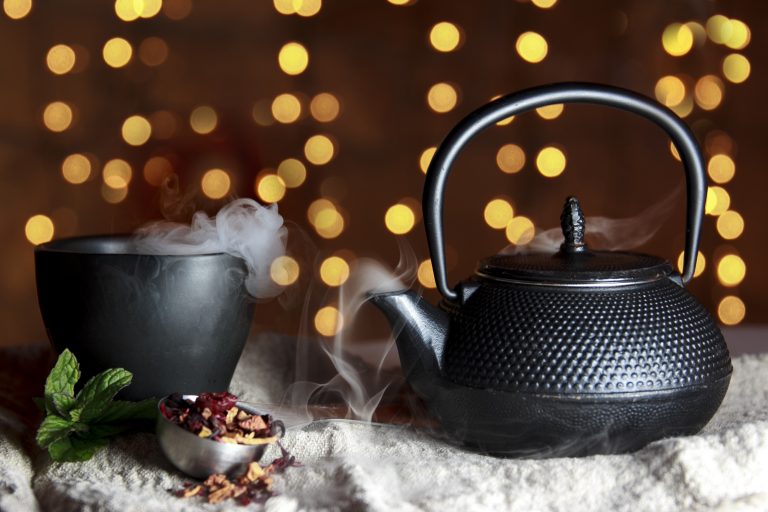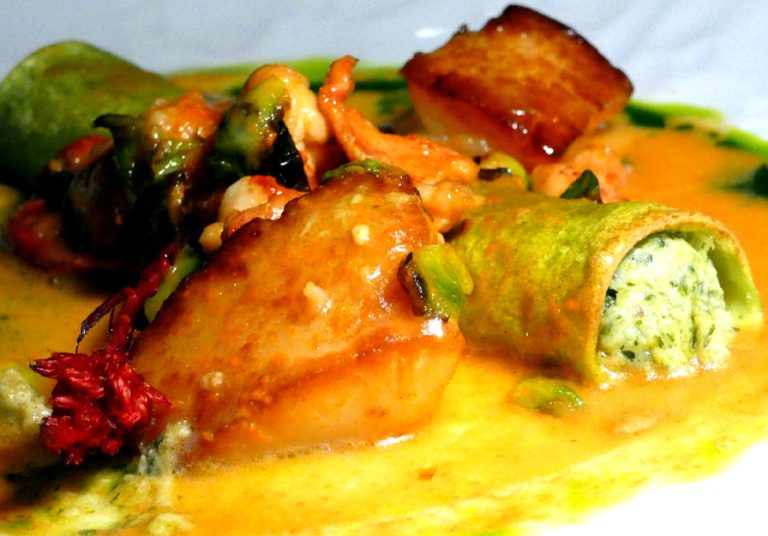Although any infused beverage is generally referred to as tea, true tea is made from the leaves of a unique plant: Camellia Sinensis. “Teas” made from other plants are technically considered herbal infusions.
Depending on the way the leaves of the tea plant are processed, they can brew into white, yellow, green, blue, black or dark tea. Atmospheric conditions in the area where the tea plant is grown – such as altitude, temperature, sun exposure, water quality and humidity – can also cause the leaves to produce slightly different flavor notes.
Naturally, each type of tea has optimal brewing conditions to bring forth its best flavor and aroma.
Green tea

The moment tea leaves are plucked from the plant, they begin to oxidize – drying and darkening due to exposure to air. To make green tea, however, this oxidation process is stopped by subjecting the leaves to heat, which allows them to retain their green color.
Since green tea leaves do not go through the oxidation process, they are usually very delicate and do not need boiling water to brew. In fact, any water temperature between 165 and 185 °F (75 and 85 °C) is best for bringing out the flavor of the leaves without burning them.
Black tea

Success
You are now signed up for our newsletter
Success
Check your email to complete sign up
Black tea is made from fully oxidized leaves. As with green tea, black tea leaves do not require boiling water, but do require water at a slightly higher temperature of about 195 °F (90 °C).
The flavor of black tea is often described as intense and full-bodied, making it the tea of choice for many coffee drinkers. Its flavor also resembles that of malt, a sprouted cereal that can impart fresh notes of bread and caramel.
Blue tea (Oolong)
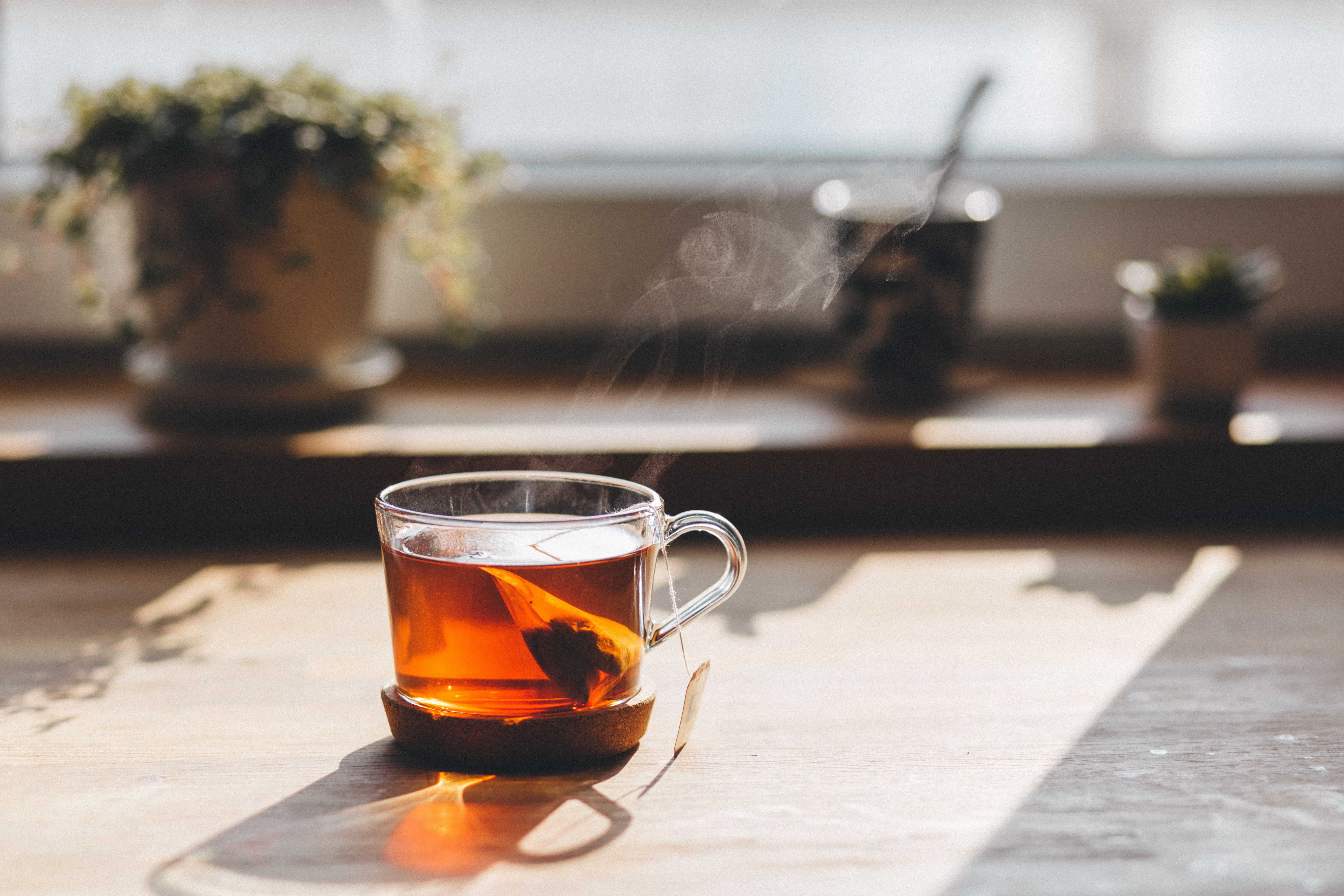
Oolong tea is made from partially oxidized tea leaves. The degree of oxidation can vary greatly, and thus this type of tea can have very different flavors. If the tea leaves are left to oxidize for at least for a short period of time, they are considered oolong as long as they do not become fully oxidized – for they would then be considered black tea leaves.
Oolong tea leaves can be brewed using boiling water and steeped multiple times. As the number of infusions increases, the tightly-rolled leaves progressively unfurl, producing flavours that change from steep to steep, ultimately becoming mellower and more floral. These tea leaves can produce two to three brews in a large teapot, or up to five brews in smaller teapots.
White tea
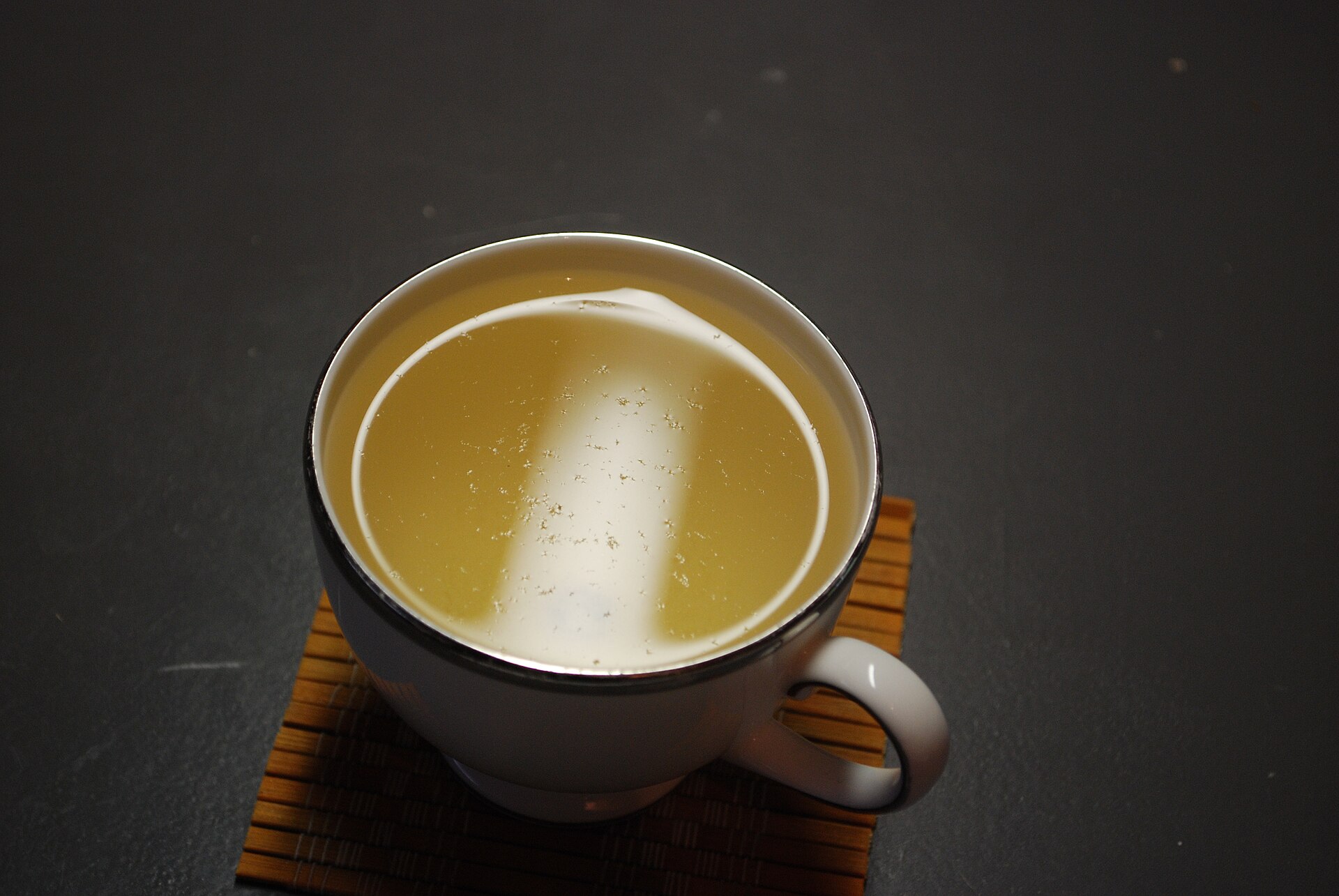
White tea is the least processed of all traditional teas, as the leaves are only withered and dried. It gets its name from the fine silvery white hairs that remain attached to the leaves and that form a distinctive layer when the tea is infused.
White tea leaves require boiling water for their subtle, sweet and fruity flavor to develop.
Yellow tea

Yellow tea leaves are, in essence, green tea leaves that have undergone fermentation. Fermentation is done by sweltering the leaves, covering them with a wet cloth and allowing them to warm up in a moist environment. The main purpose of this additional step is to eliminate the grassy elements characteristic of green tea.
In terms of flavor, yellow tea is described as a middle ground between white tea and green tea. When brewing, choose a temperature between 167 to 176 °F (75 – 80 °C) in order to bring out the delicate flavor that makes this tea a rare variety among its peers.
Dark tea (Pu’er tea)

Dark tea is the result of fermenting tea leaves for several months or longer (up to 60 years!) to obtain an aged tea with an earthy flavor. To produce this type of tea, slightly moist tea leaves are pressed into tight, condensed forms and allowed to further oxidize and undergo microbial fermentation until they reach the desired flavor.
Named after the Chinese city of Pu’er (普洱 Pǔ’ěr) in Yunnan province, where it is traditionally produced, pu’er tea comes in different shapes — such as discs, blocks or flat squares. The longer the leaves are left to ferment, the more they acquire a coppery color, which in turn gives the infusion a characteristic reddish-brown color.
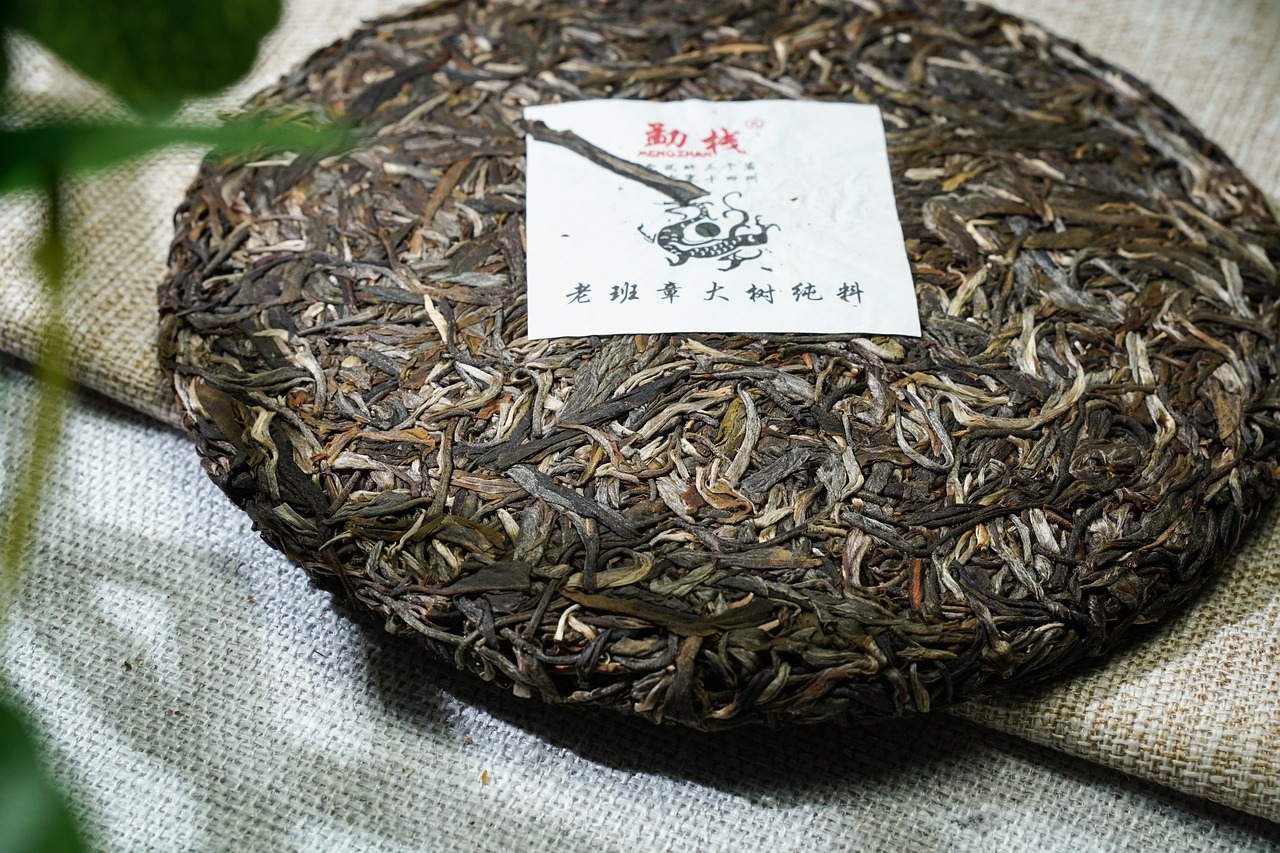
Pu’er tea is typically brewed at around 212 °F (100 °C) and the first two infusions are usually discarded because the tea must first be “woken up” to allow the leaves to open and extract their flavor.
Which teas contain caffeine?
All teas made from the Camellia Sinensis plant have caffeine. If you are looking for a caffeine-free option, herbal teas such as lavender and chamomile are the way to go, as they have a calming and soothing effect that can promote better sleep.
Bear in mind that blended teas such as jasmine green tea, are still made from the tea plant and will contain caffeine despite being blended with aromatic herbs. Herbal blends with African rooibos, on the other hand, have a rooibos base, which is caffeine-free.
Properly brewed tea does not taste astringent or bitter, and for thousands of years people in China have enjoyed this beverage without milk or sugar. If you find the taste of plain tea unsatisfactory, you might just need to hone your brewing skills!
For more stories and insights from ancient China, check out the video channel, Five Thousand Years, by Ally Wang.



